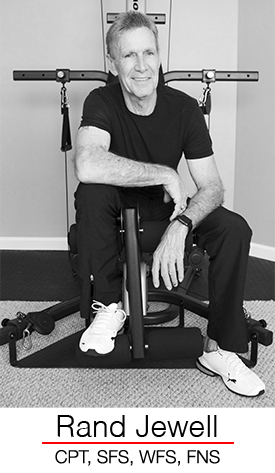Don't get me wrong, managing your weight to fit established medical standards is the foundation to building a healthier lifestyle. However, it's how you get there, how you stay there, and making needed adjustments to stay on track that will determine the longevity of your success. If the weight scale is your only measurement to manage your plan, you are setting yourself up for failure. Let's take a closer look.
How You Get There: There are some essential components that need to be in place to build the right foundation that ensures a healthy and sustained journey.
- A nutritional plan that includes the right sources of energy or macronutrients (proteins, carbohydrates, and fats), the Micronutrients (vitamins and minerals), and ample hydration that supports the healthiest avenue to any needed weight loss or gain.
- A comprehensive fitness plan that outlines the needed activities that will enhance your nutritinal plan and support the longevity of your efforts.
- muscle mass gain
- inches lost, gained, or moved
- how your clothes fit (sizes up or down)
- how you feel physically and mentally
- do you like the way you look?
- do your endurance levels satisfy your fitness efforts?
Making Needed Adjustments: Making sure your progress is in line with your set benchmarks is pivotal to making needed adjustments in a timely fashion. Some examples:
- If your nutrients are in line with your fitness efforts, you should be losing targeted inches and either dropping a size or fitting into your cloths better while maintaining you current weight.
- If you are using the right supplements and hydrating appropriately, your skin should feel better and you should feel better physically and mentally.
A great example of how you get there, how you stay there, and when you make needed adjustments is illustrated in the photo below of my good friend, Nickie Summers, founder of "It's All You Fitness." As you can see in the time dated photos, Nickie has made substantial changes in her body composition while maintaining a weight of 130 lbs. You will also note that this transformation began in 2010 and is a work in progress as we speak. Her results are consistent with building the right plan and understanding her progress. She will tell you that her adjustments are consistent with how she feels mentally and physically, how she looks, how her clothes fit, and her level of endurance during workouts. Not the weight scale.















